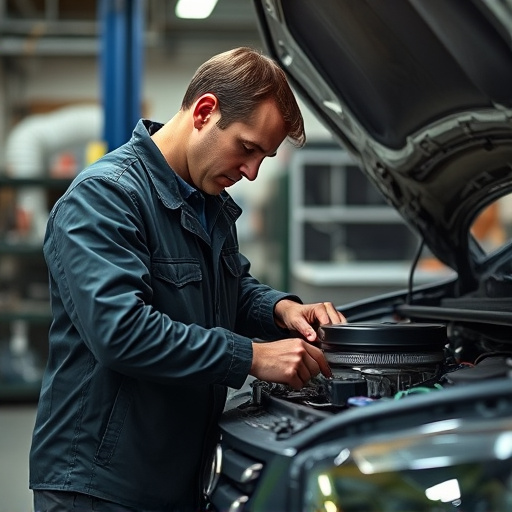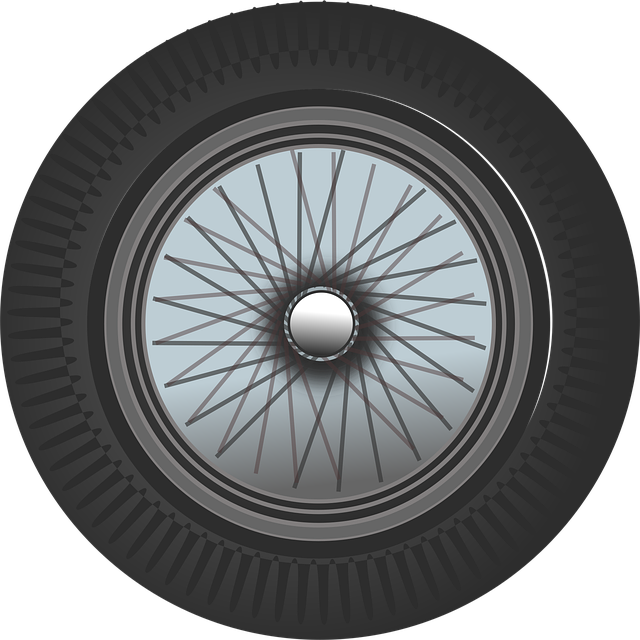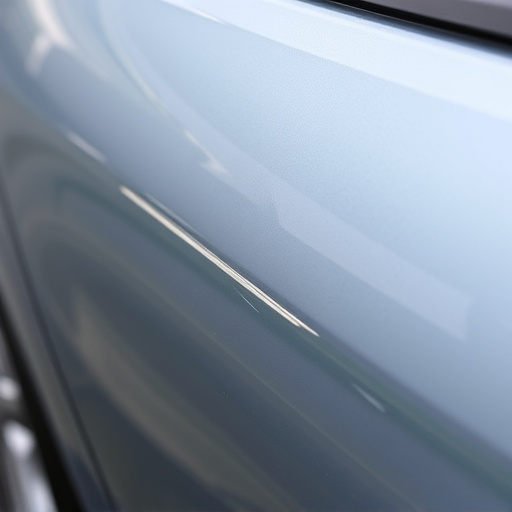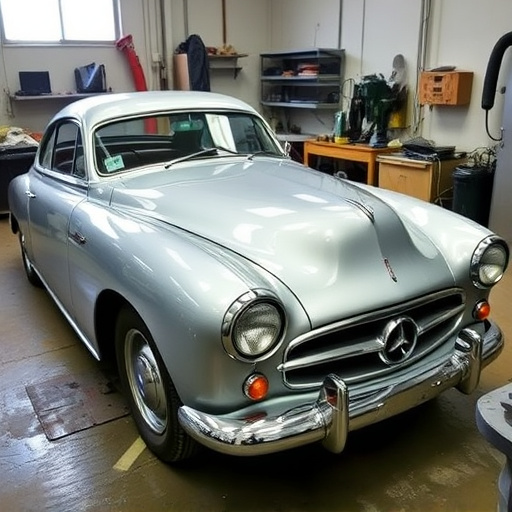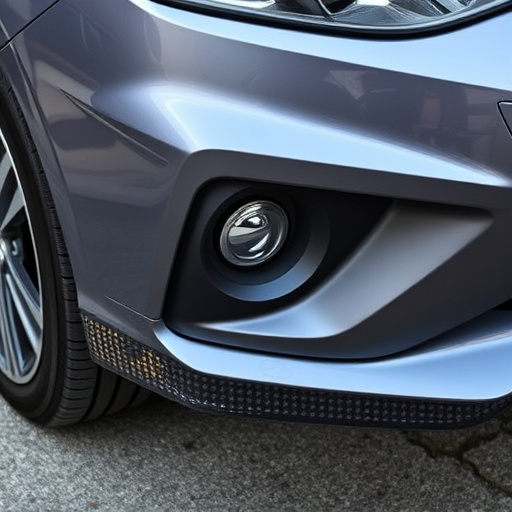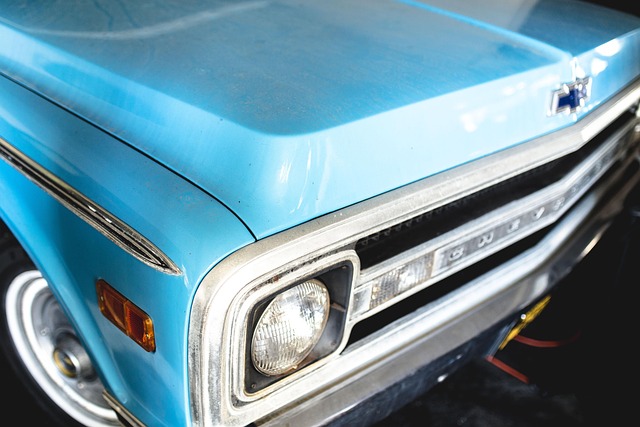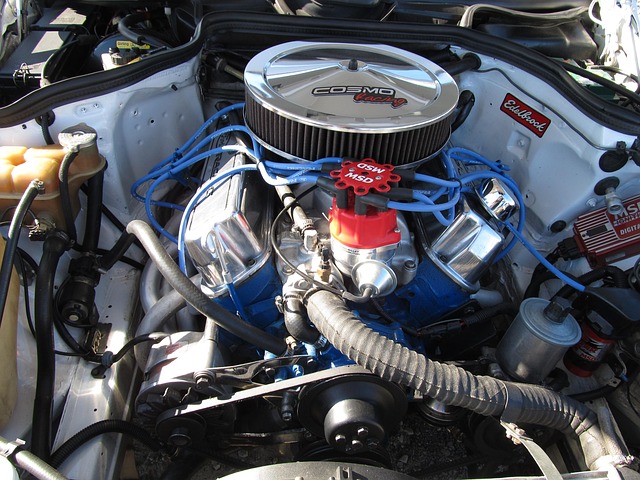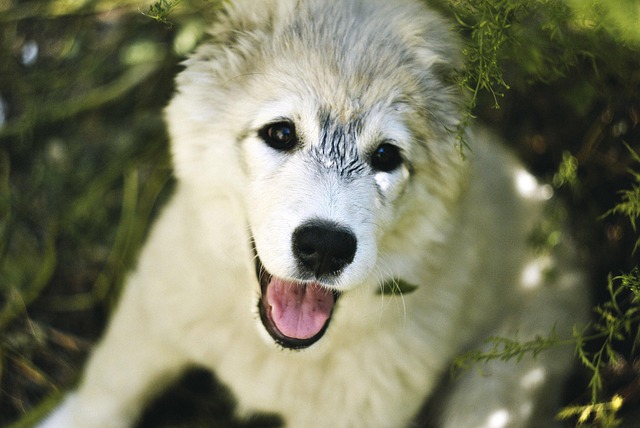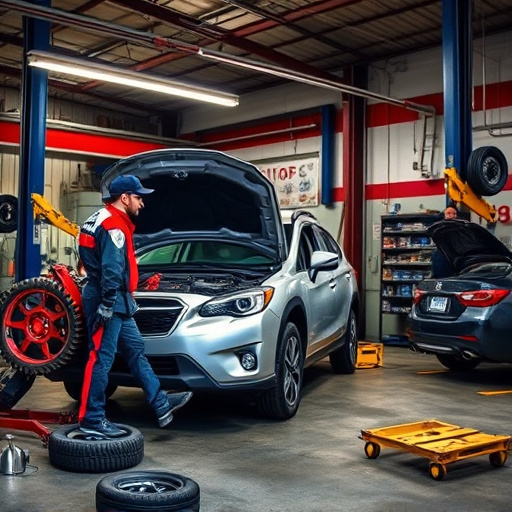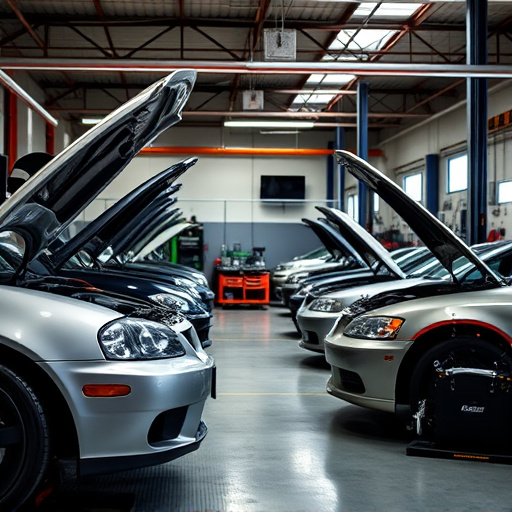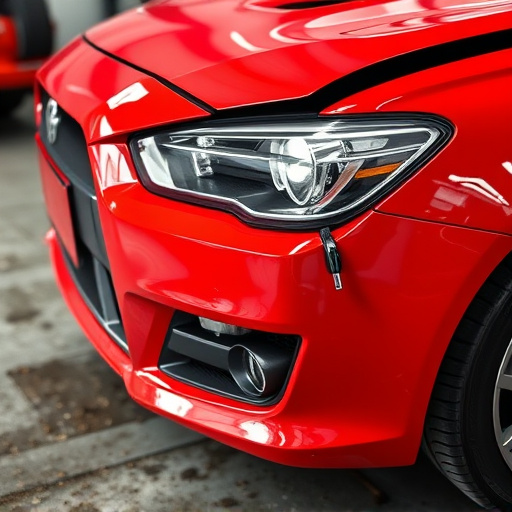Water-based auto paint is a revolutionary solution in the automotive sector, combining environmental friendliness with efficiency. This innovative product uses water as its primary solvent, leading to faster drying times and reduced harmful fumes compared to traditional methods. Its easy application ensures a smooth finish, while its durability and chip resistance guarantee long-lasting results for vehicle restoration or repainting. With lower volatile organic compounds (VOCs), improved coverage, quick curing times, and a glossy finish, water-based auto paint offers both environmental benefits and superior aesthetics, making it a preferred choice in the collision repair industry.
In today’s market, water-based auto paint is revolutionizing the automotive industry. This eco-friendly alternative offers numerous advantages over traditional solutions, from reduced emissions and faster drying times to improved durability and easier application. Understanding the basics of water-based paint and its unique properties is crucial for both professionals and DIY enthusiasts. This article delves into the benefits, application process, and curing tips, ensuring optimal results with this cutting-edge product.
- Understanding Water-Based Auto Paint: The Basics
- Advantages of Using Water-Based Auto Paint
- Application and Curing Process: Tips for Optimal Results
Understanding Water-Based Auto Paint: The Basics
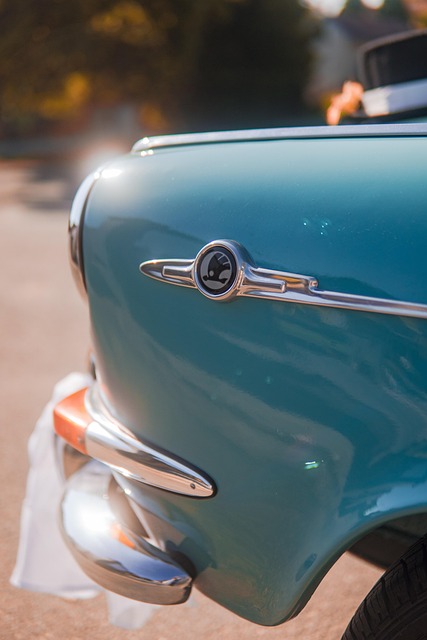
Water-based auto paint is a revolutionary innovation in the automotive industry, offering a cleaner and more eco-friendly alternative to traditional solvent-based paints. This type of paint is designed to provide an excellent finish while minimizing the environmental impact commonly associated with car collision repair and frame straightening processes. The key to its success lies in the primary ingredient—water—which acts as a solvent, allowing for easy application and fast drying times.
Unlike conventional paint jobs that often involve harmful fumes and complex applications, water-based auto paint is easily spread across car bodywork, ensuring a smooth and even coating. Its advantages extend beyond environmental benefits; this paint is also durable, chip-resistant, and provides superior coverage, making it a preferred choice for those seeking reliable and long-lasting results in their vehicle’s restoration or repainting.
Advantages of Using Water-Based Auto Paint
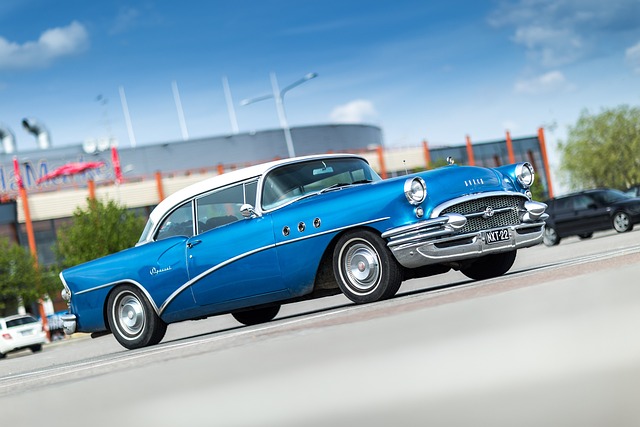
Water-based auto paint has gained significant popularity in recent years due to its numerous advantages over traditional oil-based paints. One of the key benefits is its environmental friendliness; water-based paints contain fewer volatile organic compounds (VOCs), making them less harmful to both humans and the planet. This is especially beneficial for workers in collision centers, as it reduces exposure to toxic fumes, leading to a healthier work environment.
Additionally, water-based auto paint offers superior coverage and fast drying times, which can streamline the fender repair or paintless dent repair process. Its ease of application and quick curing properties mean less time spent on repairs, potentially reducing costs for both the consumer and the collision center. Moreover, these paints often provide a smooth, glossy finish that is resistant to fading, chipping, and rust, ensuring the vehicle’s exterior remains protected and looking its best.
Application and Curing Process: Tips for Optimal Results

The application of water-based auto paint is a meticulous process designed to achieve a flawless finish on car bodywork, a key aspect in auto detailing. This innovative type of paint offers several environmental benefits over traditional solutions due to its solvent-free nature. During application, professionals use brushes, rollers or airless sprayers to evenly coat the surface. For optimal results, it’s crucial to prepare the car’s surface meticulously by cleaning and sanding to ensure a smooth base.
Curing involves allowing the paint to dry completely, usually within 24 hours, depending on environmental conditions. Proper ventilation is essential during this phase. After the recommended drying period, the paint forms a durable protective layer. For best performance, auto repair shops should follow manufacturer guidelines for application temperature and time intervals. This meticulous process ensures not only an aesthetically pleasing finish but also enhanced durability, making water-based auto paint a superior choice for car bodywork projects.
Water-based auto paint is not just a trend but a significant advancement in the automotive industry. Its numerous advantages, from reduced environmental impact to faster drying times and low odor, make it an increasingly popular choice for both professional bodyshops and DIY enthusiasts. Understanding its unique properties and proper application techniques ensures optimal results, contributing to a more sustainable future while delivering high-quality finishes on vehicles.
